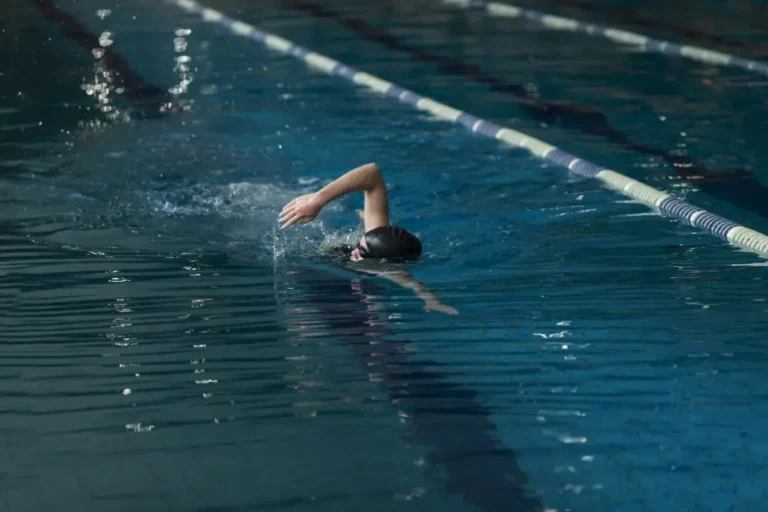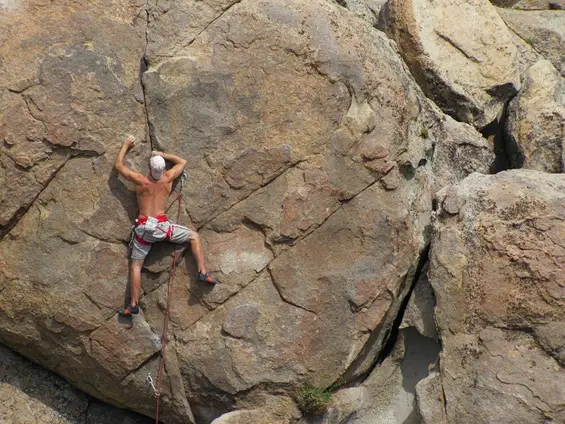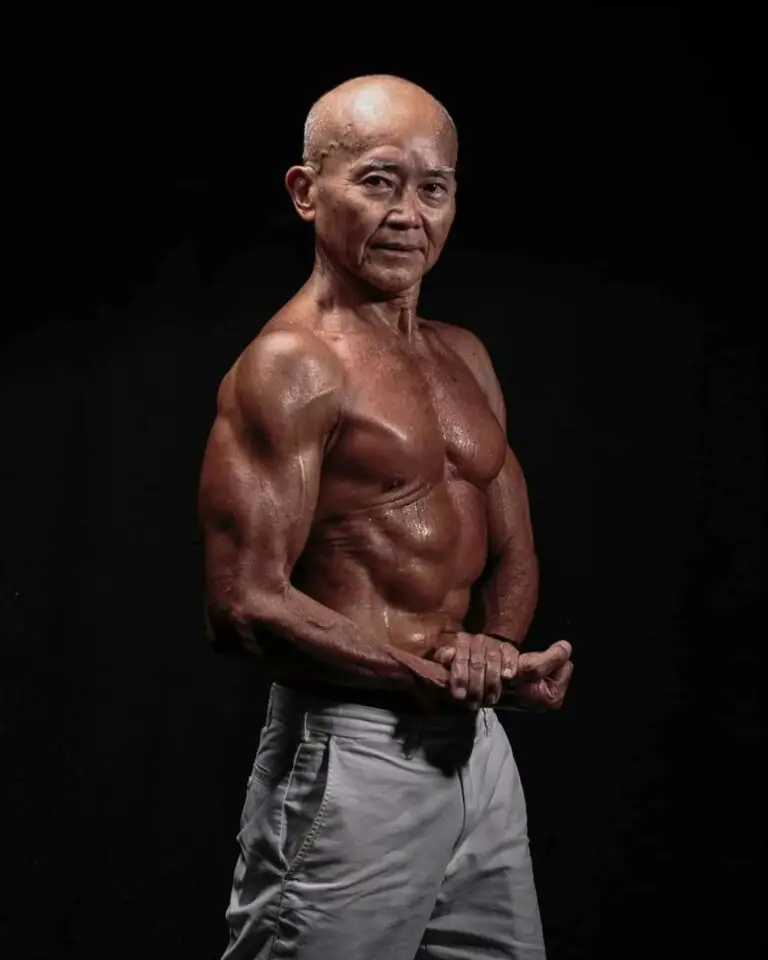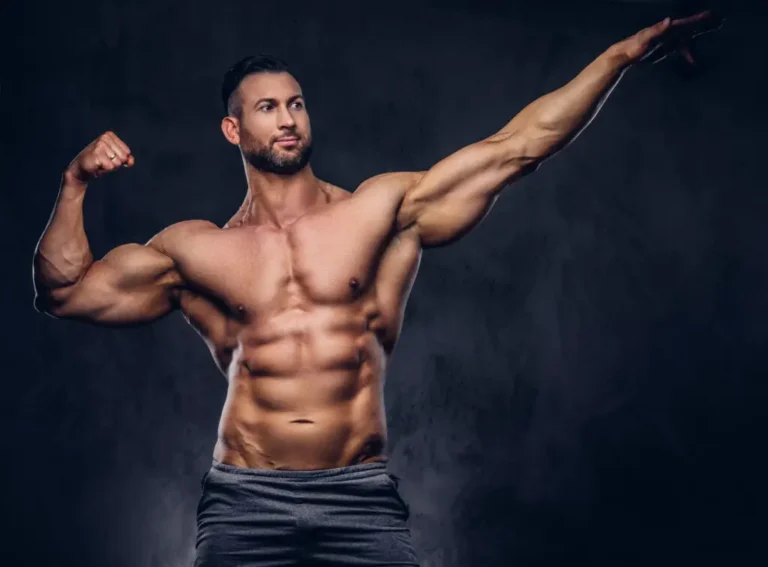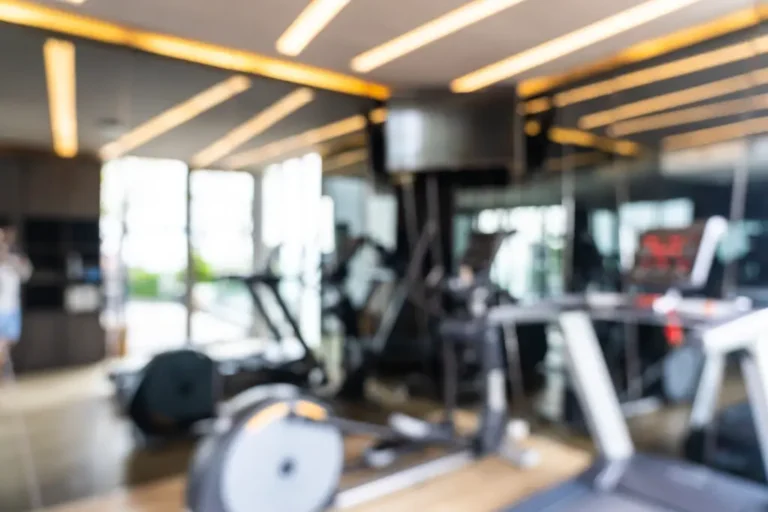Let’s be honest for a second: everyone who works out has a vain streak. We don’t just want to be healthier and perform better at our chosen games, we want to look good, too!
Now, as far as I’m concerned, there’s nothing wrong with that. You take your motivation where you can find it, even if that means surreptitiously admiring yourself in the mirror as you walk past it. A lot of us – primarily those of the male persuasion, women generally aren’t interested in how to look bigger – were first lured into the gym with thoughts of developing those bulging biceps you’ll often see on jars of protein supplement.
Over time, your fitness goals will probably change. You’ll get bitten by “the bug” and enjoy the lifelong mental and physical benefits that come with regular exercise. For now, though, this may
still be your first month lifting weights in the gym. You may well be hoping to see noticeable gains sooner rather than later. So, let’s see: what muscles make you look bigger, and how do you work on these?
Overview: How to Look Bigger ASAP
The first thing you need to realize is that almost everybody who trains successfully does so using a scientific blueprint as a guide. No matter what your goals – becoming a faster runner, developing broader, bigger shoulders, or losing fat – these need to be translated into a workout plan.
A short consultation with a personal trainer can save you hours of misdirected effort. (Try to ensure that they’re actually qualified, though, and not just some guy who likes to hang out in the gym.) Don’t get me wrong: randomly hopping on and off exercise machines will also serve to improve the way you look and feel…it’s just that these gains will be a long time coming compared to those seen by someone who works out systematically.
The goal is therefore to identify those muscle groups that contribute most to an impressive physique and target these in preference to others. We’ll get to some exercises that do exactly this in just a moment. First, though, let’s look at some golden rules anyone who aims to bulk up should follow:
• Rest days are your friends. In general, you should aim to do resistance training two or three times a week, but no more than four. You are neither a superhero nor an athlete who’s at the peak of their form: going to the gym every day will only cause you to overtrain and retard your progress.
• Watch what you eat. Developing impressive muscles is not just a matter of exercise but of diet. In general, you’ll want to consume more protein than normal – 1 gram per pound of body weight per day is a good starting point. Eat fat sparingly and aim for a slight calorie surplus in the form of complex carbs.
• Don’t neglect cardio. While exercises like running and cycling don’t directly help your arms, chest and shoulders to expand, the simple truth is that a little cardio just makes everything in your body work a little better. You’ll recover more quickly and build muscle faster if you spend 15 minutes or so warming up before each resistance training session. Assuming that you’ve started to pay attention to your calorie intake, a little aerobic exercise will also help you to gain muscle definition while you’re bulking up.
The Muscle Groups that Make You Look Bigger
Most women hope to maintain an “hourglass” figure, meaning a slim waist and muscles that are toned rather than bulky. Men, by contrast, typically aim for a “V” shape:
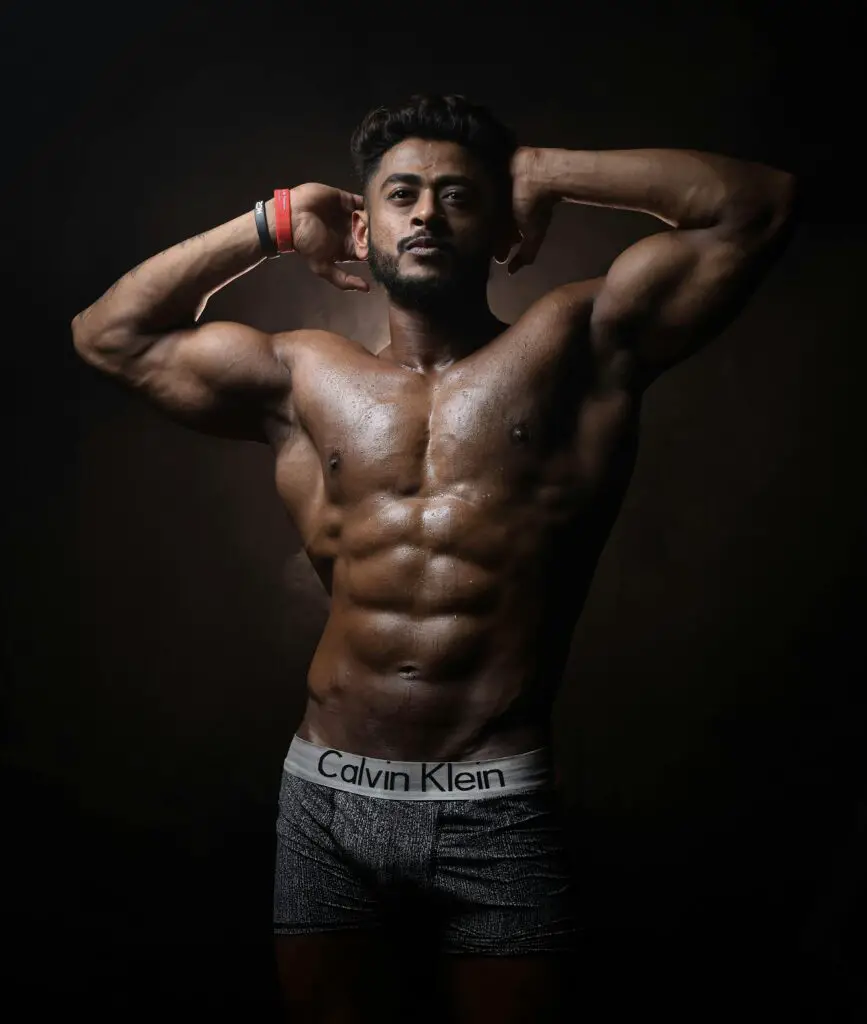
Now, unless you’ve been training for a while, you probably need to lose a significant amount of belly fat before you can start thinking about visible abs, so let’s put that on the back burner. Obviously, your quickest way to replicate this kind of body relies on developing bigger shoulders. At the same time, you’ll want to make your chest bigger. Exercises will mainly target your upper body, including arm workouts to get big.
Sometimes, it helps to know the proper, scientific names for things. These are the main muscle groups that should be on your mind:
Shoulders:
Broad shoulders help to give a first impression of a muscular physique, whatever you may be wearing. These large muscles might not show instant gains, but they are most certainly part of any workout plan intended to bulk you up.
Deltoids: Covering the point of the shoulder, these muscles are used to lift your arms to the side. They’re typically the first to make your shoulders look wider.
Trapezius: Traps connect the top of the shoulders to the upper spine. These powerful muscles help to display the development of a broader back.
Exercises for bigger shoulders: Deadlifts, pull-ups, overhead presses, lateral raises, and rows.
Upper Torso:
Whether from the front, rear, or side, developing these muscles provides an appearance of powerful solidity. They aren’t just for show, either: along with the shoulder muscle groups mentioned above, exercising these will enable you to perform a number of movements more comfortably and with better form.
Pectorals: On the front of your chest, these muscles are beloved by movie stars. They’re also relatively quick to develop, making them a good place to focus your initial efforts.
Latissimus Dorsi: Your lats stretch from your hips all the way to your lower shoulders, making a major contribution to the V-shaped upper body you’d probably like to achieve.
Make your chest bigger with exercises: Bench presses, inclined bench presses, push-ups, and chin-ups.
Arms:
As the saying goes: “Curls get girls!” While you won’t be able to exert any real strength if you don’t simultaneously work on your chest, back, shoulders, and abdomen, many people you’d like to impress look at a man’s arms first when gauging how muscular he is.
Biceps: These muscles, at the front of your upper arms, are what most novice bodybuilders aim to develop first (including by those aforementioned curls). As they find plenty of use in daily life, this isn’t all that dumb of an approach.
Triceps: Complementary to the biceps, your upper arm’s rear muscles are actually larger to start with and therefore worthy of attention in the gym.
Arm workouts to get big: Bicep curls, hammer curls, tricep dips, and pushdowns.
Thinking Beyond Bulk: Balancing Your Workout Routine
Depending on what kind of gym you go to, being criticized for only working on your “glamour muscles” is almost as bad as being accused of using steroids. Everybody’s fitness goals are different, of course, but it’s equally true that people who don’t exercise just to look good move more gracefully and are less likely to injure themselves. Just as importantly, the biggest muscles are not the strongest. They certainly lack endurance, making them much less useful in daily life. Once you’ve started to build some muscle mass, you may want to think about incorporating the following changes in your workout plan: More reps: Though not necessarily the best arm workouts to get big, lifting less weight more times develops your muscles in a different way. In particular, you’ll be able to keep going for longer before they start turning into jelly.
Work on definition: Deliberately eating fewer calories than you sweat out at the gym – “cutting” – allows you to burn off the layer of fat that ordinarily covers your muscles, making them more noticeable. You can do bench presses all day long: until you reduce your body’s proportion of fat, your pectoral muscles won’t get many compliments.
Incorporate “real-world” exercises: While your main goal was still to make your chest bigger, the movements you did probably tended to isolate particular muscle groups, thus spending your effort where it could do the most good. Going forward, however, you may want to include more compound exercises and make sure you engage each muscle through its entire range of motion.
Learn to love your core: While sit-ups, crunches, planking, and other exercises that work your abdominal and oblique muscles aren’t everyone’s favorites, you can’t simply forget about them. Doing so will make lifting heavier weights a risky undertaking, while diligently exercising these core muscles will give you a slimmer waist and, eventually, a six-pack if your body fat percentage drops low enough.
Final Thoughts – Which Muscles Make You Look Bigger?
The one thing I can promise you about getting bigger is that it won’t happen overnight. Building muscle is as much a mental journey as a physical one: you’re not just strengthening your body but your mind as well.
Dedication and persistence are what really count, but exercising intelligently will accelerate your progress considerably. Don’t be afraid to ask for help if there’s something you don’t understand: most gym communities are surprisingly friendly and supportive.
Even that behemoth in the squat cage, with what looks like 200 kilograms of muscle and perhaps two or three ounces of fat on him, had to start somewhere. If you’re going to ask for advice, why not get it from someone who’s been there and done that?
